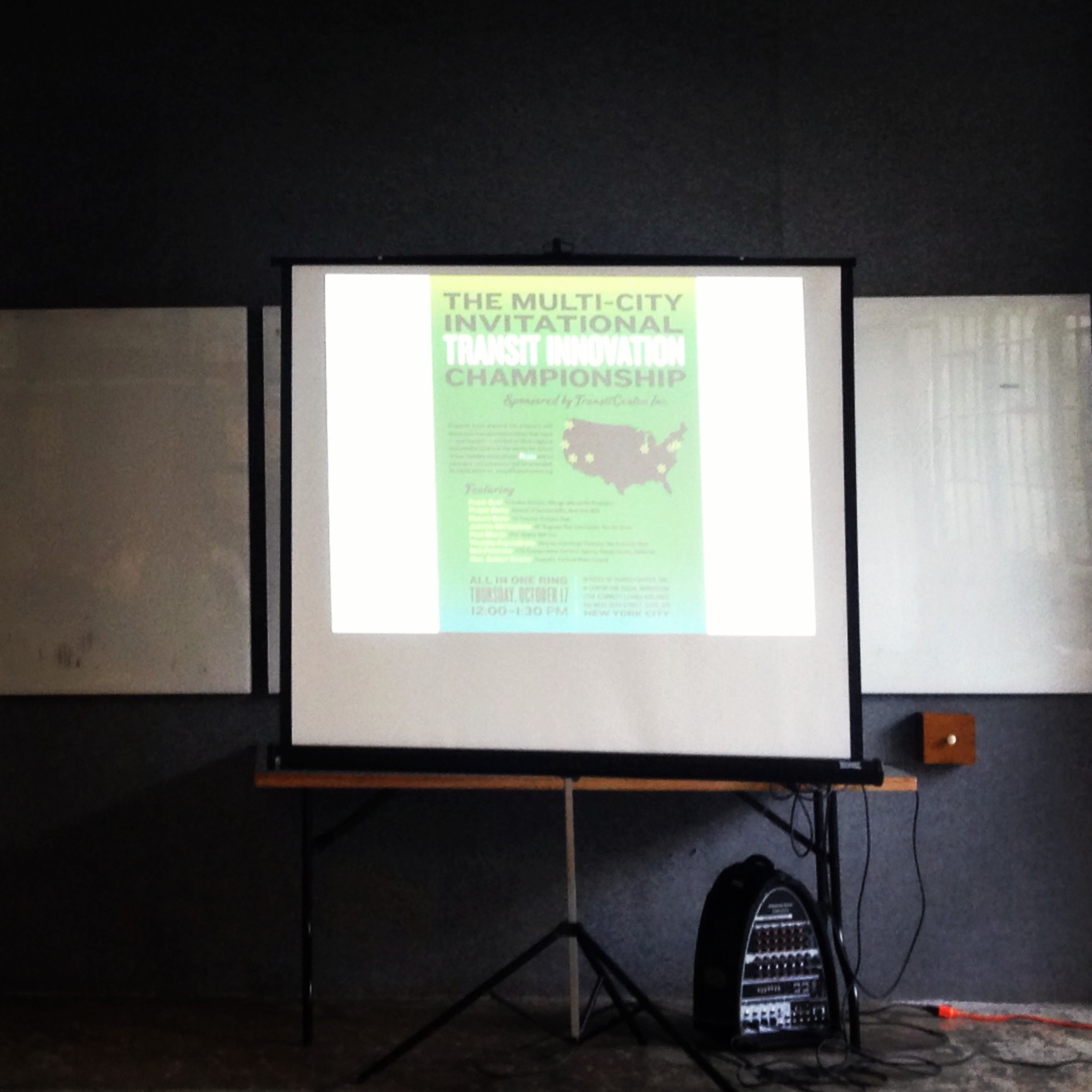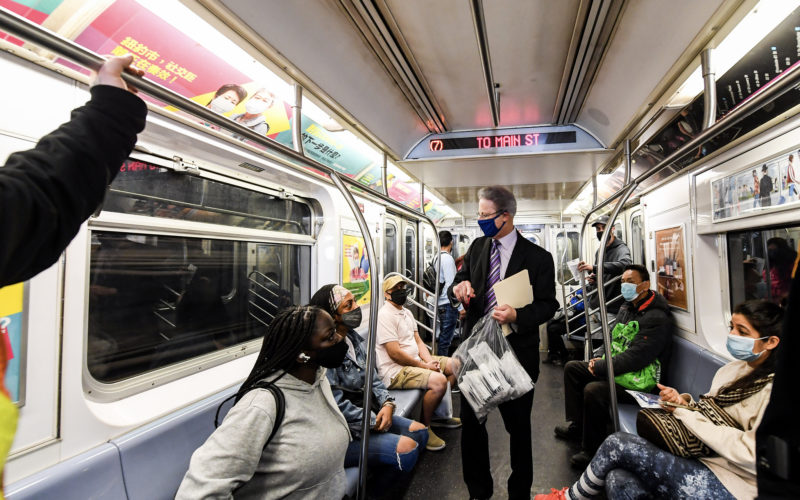
 To work for change is to also expect that there could be some failures. At least that’s what we believe at TransitCenter. Forward thinking public leaders who risk political capital to courageously push for change are often given no allowance for failures. But some failure can be a sign of change and in order to cultivate the bravery and risk-taking necessary for drastically changing the field of public transit, we have to create an environment where itinerant failure is acceptable.
To work for change is to also expect that there could be some failures. At least that’s what we believe at TransitCenter. Forward thinking public leaders who risk political capital to courageously push for change are often given no allowance for failures. But some failure can be a sign of change and in order to cultivate the bravery and risk-taking necessary for drastically changing the field of public transit, we have to create an environment where itinerant failure is acceptable.
Of course it helps to know what kinds of failures signal progress and set the scene for the next act. That’s why we asked the participating transit experts in our Multi-city Invitational Transit Innovation Championship on October 17 to present a failure alongside an innovation that they are most proud of in their city. As Neil Peterson, CEO of Transportation Corridor Agencies in southern California, offered from Winston Churchill, “Success is going from failure to failure without losing enthusiasm.”
For New York City, Projjal Dutta, Director of Sustainability at New York’s Metropolitan Transportation Authority, and Juliette Michaelson, Director of Strategic Initiatives at the Regional Plan Association, agreed that the failure to pass congestion pricing topped their list. The lesson highlighted the severe state limitation on a city’s authority to manage its own assets and the all-important lesson of appropriately framing an issue to get it through the necessary political constituents.
San Francisco’s MTA (a.k.a. “Muni”) Timothy Papandreou cited the Museum Culture Bus as a launched experiment that failed to impress the public and drained the city of significant funds that would have been better directed at improving regular service. Bob Stacey, member of Portland, Oregon’s Metro Council, showed an example of how well-intentioned desires run into outdated regulations, such as when Portland’s brand new streetcar, running in mixed traffic, gets stuck when a delivery truck illegally parks in its path. But this drawback strengthened Portland’s resolve to emphasize urban design in transit planning and think more carefully about how transit mixes with other uses on the street.
As much as we can hold our civic leaders accountable for charging forward, we must also create the space to allow for some failures, in order to launch new initiatives at all.
 On the Brink: Will WMATA’s Progress Be Erased by 2024?
On the Brink: Will WMATA’s Progress Be Erased by 2024?
The experience of being a WMATA rider has substantially improved over the last 18 months, thanks to changes the agency has made like adding off-peak service and simplifying fares. Things are about to get even better with the launch of all-door boarding later this fall, overnight bus service on some lines starting in December, and an ambitious plan to redesign the Metrobus network. But all of this could go away by July 1, 2024.
Read More What’s Going on With Transit Service at the Seven Highest Ridership U.S. Cities? NYC Edition
What’s Going on With Transit Service at the Seven Highest Ridership U.S. Cities? NYC Edition
New York City Transit’s service levels have remained remarkably strong throughout the pandemic. Crew operator availability remains the agency’s biggest challenge, as well as adjusting weekend maintenance schedules in order to run service that matches strong weekend demand.
Read More